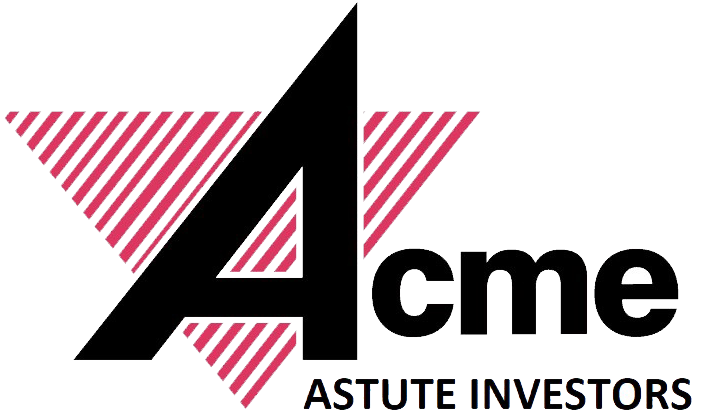
“Anybody who is at least 62 years old and has a house they live in free and clear OR has substantial equity may qualify regardless of credit history and lack of income.”
Acme Astute
A reverse mortgage is a type of loan that lets people 62 and older, who have usually already paid off their mortgage, use a portion of the equity in their home as tax-free income. In a regular mortgage, the homeowner pays the lender. With a reverse mortgage, the lender pays the homeowner.
When homeowners choose this type of mortgage, they don’t have to make monthly payments or sell their homes. They can keep living there, but the loan must be paid back when the borrower dies, moves out permanently, or sells the home.
The Home Equity Conversion Mortgage (HECM), which is backed by the federal government, is one of the most popular types of reverse mortgages.
How does a reverse mortgage work?
Even if a homeowner’s mortgage is paid off, they may not be able to borrow the full value of their home if they qualify for a reverse mortgage.
The principal limit is the most a homeowner can borrow. It depends on the age of the youngest borrower or eligible non-borrowing spouse, the current interest rate, the HECM mortgage limit ($970,800 in 2022), and the value of the home.
Homeowners are more likely to get a higher principal limit the older they are, the more their home is worth, and the lower their interest rate is. If the borrower has a HECM with a variable rate, the amount could go up. Options with a variable rate are:
- Equal monthly payments as long as at least one borrower lives in the property as their main home.
- Settled-upon payments of the same amount each month for a set number of months.
- A credit line is a source of money that can be used until it runs out.
- A combination of a line of credit and fixed monthly payments for as long as you live in the house.
- A line of credit with fixed monthly payments for a set amount of time.
If, on the other hand, you choose a HECM with a fixed interest rate, you’ll get a single, lump-sum payment.
Interest is added to a reverse mortgage every month, and you’ll still need enough money to pay property taxes and homeowners insurance and keep up with the home’s maintenance.
Various kinds of reverse mortgages
There are different kinds of reverse mortgages, and each one meets a different financial need.
Home Equity Conversion Mortgage (HECM): This is the most common type of reverse mortgage. It is usually more expensive up front, but the money can be used for whatever you want. You can also decide how the money is taken out, such as through fixed monthly payments or a line of credit (or both options simultaneously).
Even though HECMs are widely available, they can only be gotten from FHA-approved lenders, and all borrowers must get HUD-approved counseling before closing.
Proprietary reverse mortgage: This is a private loan that is not backed by the government. With this type of reverse mortgage, you can usually get a bigger loan advance, especially if your home is worth more.
Single-purpose reverse mortgage: This type of mortgage isn’t as common as the other two. Nonprofits and state and local government agencies usually offer it. A single-purpose mortgage is usually the least expensive of the three options. However, borrowers can only use the loan, which is usually for a much smaller amount, for one specific purpose, like making a home more accessible for people with disabilities, says Jackie Boies, a senior director of housing and bankruptcy services at Money Management International in Sugar Land, Texas.
The pros and cons of a reverse mortgage
Borrowing against the value of your home can give you money for everyday expenses, but the mortgage insurance premium, origination, and servicing fees can add up. Here are some good and bad things about a reverse mortgage.
Pros
- Borrower doesn’t have to pay back their loan balance every month.
- The money can be used to pay for living costs, medical bills, and other bills.
- Borrowers can use the money to enjoy their golden years.
- Spouses who are not on the mortgage but still live in the house after the borrower dies
- Borrowers who are in danger of losing their homes to foreclosure can use a reverse mortgage to pay off their current mortgage and, in some cases, stop the foreclosure.
Cons
- Borrower must take care of the house and pay taxes and insurance on it.
- Makes you borrow against the equity in your home, which could be a key source of retirement funds.
- Fees and other costs of closing can be high and reduce the amount of cash available.
How much does it cost to get a reverse mortgage?
Reverse mortgage closing costs aren’t cheap, but most HECM mortgages let homeowners roll the costs into the loan, so they don’t have to pay the money up front. But if you do this, the amount of money you can borrow through the loan will be less.
